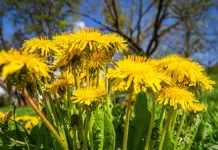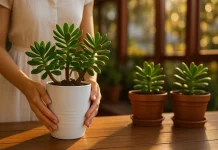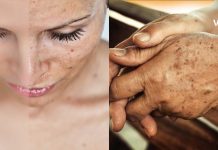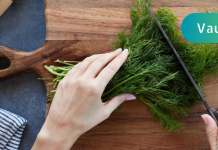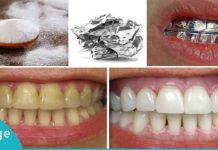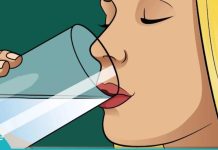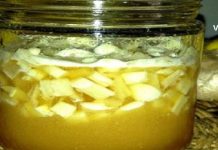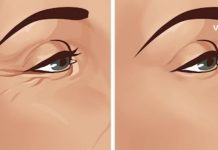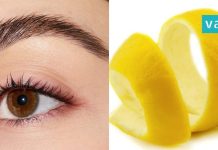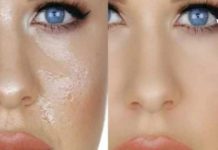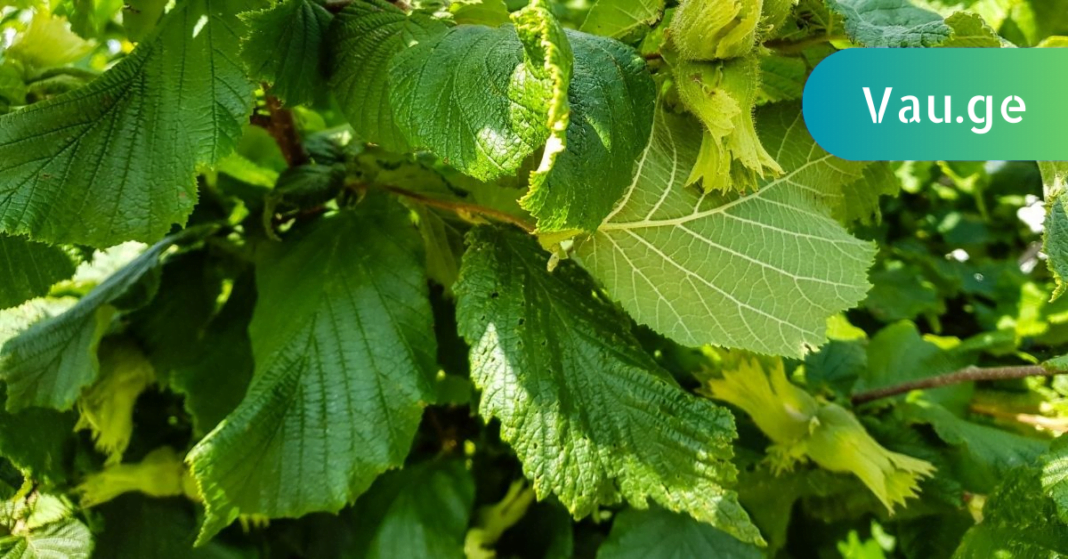Veins are some of the hardest-working and most resilient parts of the human circulatory system. They tirelessly transport around 3,000 liters of blood against the force of gravity every year. This task is not easy, and the veins receive crucial assistance from arteries that lie parallel to them.
Each vein is accompanied by a corresponding artery. During each heartbeat, the arteries expand, exerting pressure on the adjacent veins. This pressure helps open and close the valves inside the veins, pushing blood upwards toward the heart. This natural pumping mechanism works efficiently only when a person is physically active and moves around regularly.
One of the most common disorders of the venous system is varicose veins, a condition in which blood circulation becomes impaired. To avoid this problem, it’s important to take proper care of your veins — and that’s exactly what this guide aims to help you with.
Be Careful with Hormonal Therapy
Hormonal factors play a significant role in vein health. Female sex hormones can have a negative impact on veins, which explains why varicose veins are more common among women. The risk increases significantly during pregnancy due to drastic hormonal shifts.
Because of this, women who are genetically predisposed to varicose veins should avoid hormonal contraceptives when possible. If hormone replacement therapy is necessary, it’s best to determine the right medication, dosage, and treatment duration through consultation between two specialists: a reproductive endocrinologist and a phlebologist (a vein specialist).
A Natural Remedy from Hazel Leaves
For several years now, I’ve been using hazel leaves to treat the varicose veins in my legs — and I must say, it has proven to be quite effective.
However, not just any leaves will do. Only soft, young, green hazel leaves are suitable for this remedy. These fresh leaves are packed with beneficial nutrients. Once picked, they should be dried in the shade, never under direct sunlight, to preserve their healing properties.
Here’s how to prepare the hazel leaf tea:
- Take 1 tablespoon of finely chopped dried hazel leaves and place it into a porcelain teapot.
- Pour in 1 cup (about 250 ml) of boiling water.
- Cover the pot with a lid and let the tea steep for 15–20 minutes.
- Strain the tea, and drink half a cup of the infusion four times a day.
But that’s not all — the strained leaves can also be used topically. Simply apply them to the painful or swollen veins for added relief.
This recipe was passed down to me by my aunt. She used this tea regularly to “cleanse” her capillaries, as she used to say. According to her, this herbal remedy is excellent for blood vessels — it protects them from cholesterol buildup and other deposits. And I must admit, she is living proof of its effectiveness. Despite being 83 years old, she remains active, mentally sharp, and rarely ever gets sick. She takes care of herself, her home, and her family — truly inspiring!
As for me, I’ve been using this remedy for several years now. While I understand that completely curing advanced varicose veins may not be possible, I’ve definitely noticed that the condition hasn’t gotten any worse. In fact, I’ve experienced reduced pain, and my legs rarely swell anymore.
This natural approach might not replace medical treatment in severe cases, but it can certainly support vein health and help prevent the condition from progressing. If you’re looking for a simple, affordable, and natural way to care for your veins — this might be the solution you’ve been looking for.
